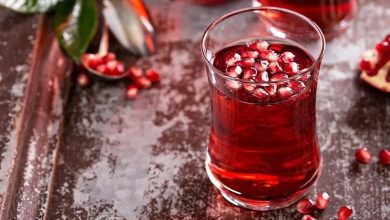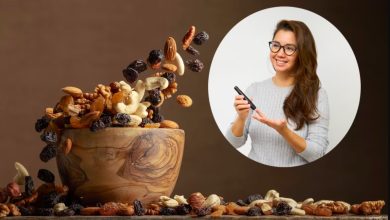8 Low-Sugar Fruits That Won’t Spike Your Blood Sugar
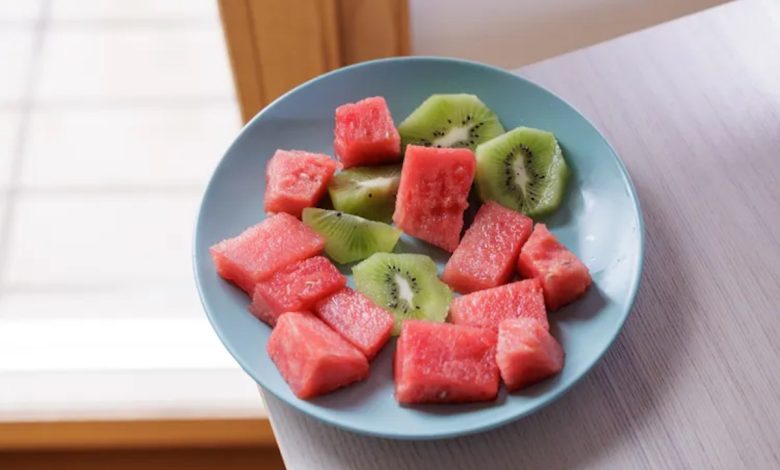
Low sugar fruits: Most Americans consume too much added sugar. If you want to cut back on sugar or have a medical condition requiring you to monitor your blood sugar levels, you may wonder if reducing your fruit intake will help.
Fruit and foods with added and refined sugars, like soda, candy, and cookies, have simple carbs. However, fruit has important nutrients and fiber, making it a healthy choice.
Fiber Slows Absorption of Sugar From Fruit
Fruit contains a type of sugar called fructose, along with plenty of water, antioxidants, vitamins, minerals, and fiber that support health, Emma M. Laing, PhD, RDN, FAND, a clinical professor and director of dietetics at the University of Georgia, told Verywell in an email.
“Dietary fiber helps to normalize blood sugar levels by slowing the speed of glucose entering the bloodstream after digestion. Foods that are high in fiber are digested and absorbed at a slower rate, and therefore, slow the rise in blood sugar levels that occur after eating a high-carbohydrate meal,” Laing said.
Food is only one factor that influences blood sugar levels for people with diabetes. Physical activity, medications, stress, dehydration, and menstruation also play a role.
Fruit is an important part of a healthy diet, but if you want to look for lower-sugar fruits, here are eight options to consider.
1. Blackberries
One cup of blackberries contains:
– 7 g of sugar
– 8 g of fiber
– 14.4 g of carbs
Fresh blackberries have antioxidant and anti-inflammatory properties, fiber, and tons of vitamin C.6 One cup of blackberries has more vitamin C than a small tangerine or lime.
Blackberries make for a great snack, dessert, or salad topping. Look for plump blackberries without any mold. You can keep fresh blackberries in the refrigerator for a few days.
2. Kiwi
One medium kiwi without skin contains:
– 6.7 g of sugar
– 2.3 g of fiber
– 11 g of carbs
Kiwis are green or yellow fruits with a fuzzy, brown skin. While you can eat the skin, many people prefer to remove it.
Kiwis are packed with vitamin C, and research has shown that eating two SunGold kiwis per day replaces the need for vitamin C supplements. One medium green kiwi has about 7 g of sugar.
3. Apricot
One apricot contains:
– 3 g of sugar
– 1 g of fiber
– 4 g of carbs
Apricots are small, yellow-orange stone fruits with potassium and vitamins A and C.
Dried apricots are used in many Middle Eastern recipes. You may want to enjoy dried apricots in moderation since they contain high amounts of sugar. One fresh apricot only has 3 g of sugar, but a serving of about four large dried apricots can have 21 g of sugar. (NOTE – for fact checking)
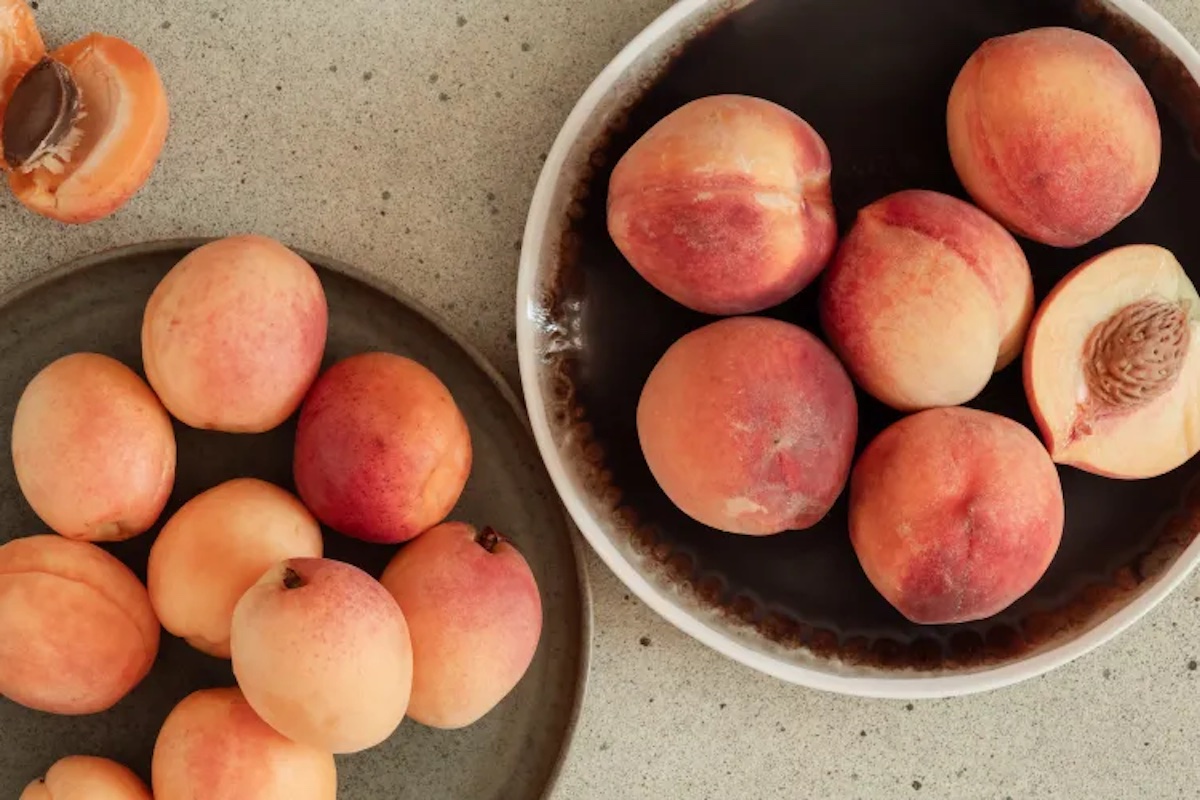
4. Pineapple
Half a cup of pineapple contains:
– 9 g of sugar
– 1 g of fiber
– 11 g of carbs
Pineapples are yellow tropical fruits with spiky green-brown skin and a crown of leaves on top. These fruits have manganese, immune-supporting vitamin C, and the anti-inflammatory enzyme bromelain.
A half-cup of fresh pineapple has 9 grams of sugar, while a half-cup of canned pineapple chunks in heavy syrup has up to 25 grams of sugar, so you may want to eat canned pineapple in moderation. (NOTE – for fact checking)
5. Watermelon
One cup of watermelon contains:
– 9.6 g of sugar
– 1 g of fiber
– 12 g of carbs
Watermelon is a pink, hydrating fruit that is more than 90% water.19 It has vitamin A, C, and the antioxidant lycopene.
For an easy snack, cut a whole watermelon at once. Cut watermelon can stay in the refrigerator for five days.
6. Cherries
Half a cup of cherries without pits contains:
– 10 g of sugar
– 1.5 g of fiber
– 12.5 g of carbs
Cherries are small stone fruits—like apricots, plums, and peaches—that are high in vitamin C and potassium. You can make fruit salsa with cherries or eat a handful as a snack.
7. Grapefruit
Half a medium-sized grapefruit
contains:
– 10 g of sugar
– 2 g of fiber
– 16 g of carbs
Half of a grapefruit provides fiber, potassium, folate, and 10 g of sugar. You can store the other half, tightly wrapped, in the refrigerator for up to four days. Grapefruit juice has less fiber, meaning the sugars get absorbed faster than if you were to eat a grapefruit.
Grapefruit and grapefruit juice can interact with certain medications, so make sure to speak with a trusted healthcare provider if you have any concerns about adding this to your diet.
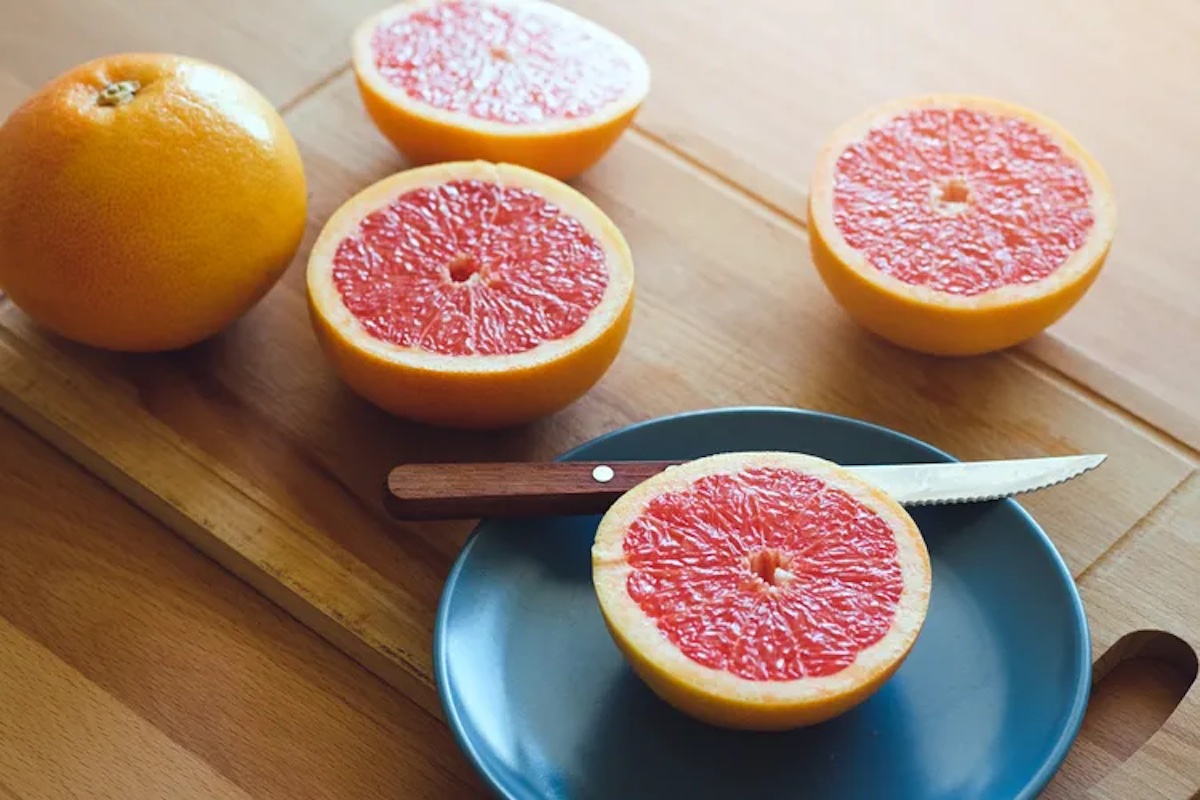
8. Papaya
One cup of papaya contains:
– 13 g of sugar
– 2.8 g of fiber
– 18 g of carbs
Papaya is a tropical orange fruit filled with round, black seeds. It contains antioxidants, potassium, folate, and vitamins A, C, and E.
You can scoop the vibrant flesh out with a spoon or add cubed papaya to salads or smoothies. People who have a latex allergy may also experience an allergic reaction to papaya, because this fruit has some proteins that are similar to latex proteins.
Fruit Belongs in a Balanced Diet
While people with diabetes can still enjoy whole fruit in their diet, people who need to monitor their blood sugar levels may need to consider when and how they consume fruit.
“Blood sugar will respond more favorably to fruits paired with fiber, protein, and fats. However, if people consume most of their fruit via juice drinks, smoothies, and desserts, these tend to be higher in added sugars and lower in fiber, which could cause a spike,” Laing said.
Eating a lot of fructose in one sitting can negatively impact blood sugar, so it is recommended to spread out servings of fruit throughout the day, she added.
Also Read:
Eating Broccoli May Have a Surprising Benefit for Your Hormones
What happens when you drink garlic, ginger and lemon water every day?
What happens to your body when you switch to a vegan diet?
11 high-fibre foods to relieve constipation and promote digestive health


